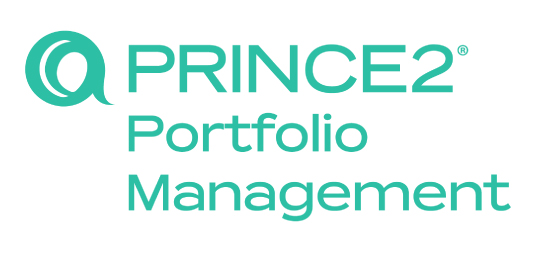If you’re working in a PMO you’ve probably heard the term P3M – which essentially means project, programme and portfolio management. You will also have heard about P3O® – and that means project, programme and portfolio offices.
Over the years, project and programme management offices have been the most popular type of PMOs within an organisation, however, it’s the portfolio management level which has been the biggest growth area more recently. The main reason for that is organisations are kicking off and managing more projects and programmes – and portfolio management is the way organisations are able to manage those successfully. Portfolio management has also become more popular because of the focus on an organisation’s strategy and a need to link strategic objectives with the successful outcomes from projects and programmes.
For PMO practitioners, there is that opportunity to move from working in projects and programmes and take their skillsets to the next level up – to the portfolio management framework and the associated processes, tasks and activities.
If you are thinking about your long term objectives of working in PMOs and would like to consider working at this level, there are a few things you need to know and the qualification Management of Portfolios (MoP®) can help you uncover that knowledge. Here’s the top five reasons why you should consider this certification.
1. It’s the Most Recognisable Certification
The Management of Portfolios (MoP®) is the most popular course there is – and it comes from the same place as P3O® and PRINCE2® etc. If you’re looking for something that gives you the knowledge you need PLUS it’s a recognisable course in the marketplace to do which is recognised by organisations and potential employers – this is the right course for you to be pursuing.
2. The Right Projects Get Done
You’ll need to understand the different principles behind portfolio management that enable an organisation to “do the right projects”. Project management is known as “doing the projects right”, in other words, you use the different processes, techniques, tools, lifecycles and so on to deliver a project successfully.
With portfolio management the focus is switched – it’s about making sure the organisation chooses the right projects to do – that they know they are delivering the right projects to meet their strategic objectives. It’s a different approach and PMO practitioners not familiar with portfolio management need to understand what the different processes, techniques, tools, lifecycles and so on of portfolio management are. The course will provide you with that.
3. Prioritising Projects is Where It’s At Right Now
Ask any delivery organisation that got through the pandemic with minimised adverse impact and they will tell you that being able to re-prioritise the work quickly really helped them focus on the right projects and programmes – and to make those changes quickly with minimal impact to the bottom-line.
Behind the scenes, that’s where portfolio management really comes into its own. The ability to prioritise the projects and programmes in the portfolio is both an art and a science – and its a great skill for PMO practitioners to pick up and develop. If there is one stand out area of portfolio management where PMO practitioners have really made a difference to their organisations it is this. The course gets into project prioritisation as one of the core areas of the lifecycle.
4. Working at an Higher Level
Portfolio management is at the highest end of PMO work. Alongside Enterprise level PMOs, if you are wanting to work your way into a senior level role (with great renumeration to match!) working at the portfolio management level is where you need to be.
Working at this level brings you closer the board level of the organisation; it gives you access to working at the corporate strategic level; it means you’re working with the senior executives and you have the potential to be a highly visible manager at this level too.
The portfolio management course is not just about project and programme management – it’s also about how businesses are run too. It’s the dual focus that makes this course different from a project management course.
5. It’s Where the Interesting Bits Are
If you have been working within PMO for a while, you will know that there are everyday problems and challenges to overcome and then there are really big problems and challenges to overcome which require a much longer time to overcome. For example, working at a portfolio level you are looking at resource management at an organisation level – not at a project one. Suddenly the challenge gets a lot more interesting when you are looking at the scale and complexity of it. It’s the same for benefits management, financial management, strategy planning, organisational governance, risk management and so on.
Working at a portfolio level allows you to take your experience to that next level – to have the opportunity to solve knotty organisational level challenges and to utilise different knowledge, skills and behaviours to do that.
Portfolio management and the Management of Portfolios® certification course is the one for you if you’re looking to move your career in the portfolio management direction – gain the knowledge you need in the Foundation and Practitioner level courses.
Enjoying Our Blog?
Sign up and receive all our articles (we’ll send you an update once a week!) plus special offers and events:
The P3O® and MoP® courses on this page are offered by PMO Learning. P3O® and MoP® are [registered] trade marks of AXELOS Limited. P3O® and MoP® are registered trade marks of AXELOS Limited, used under permission of AXELOS Limited. All rights reserved.






